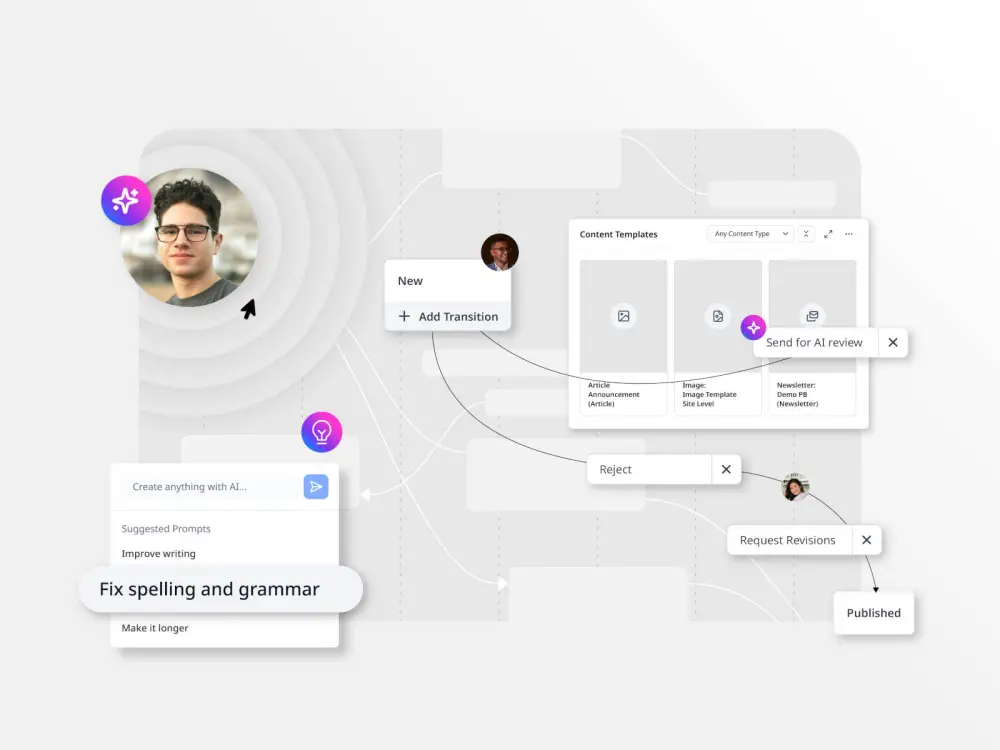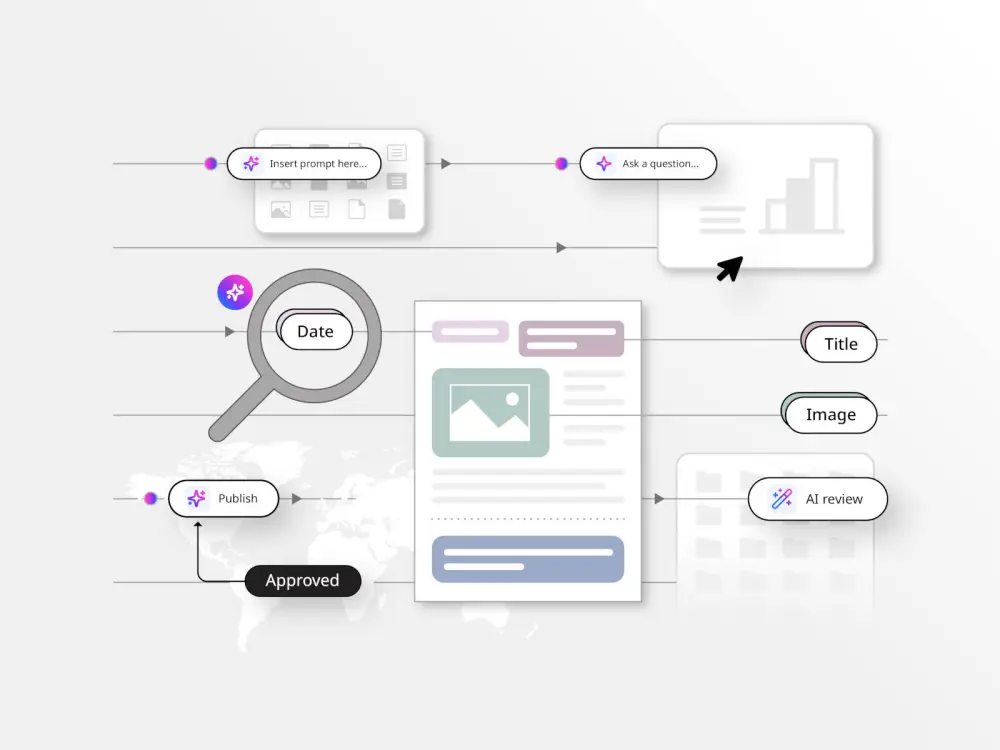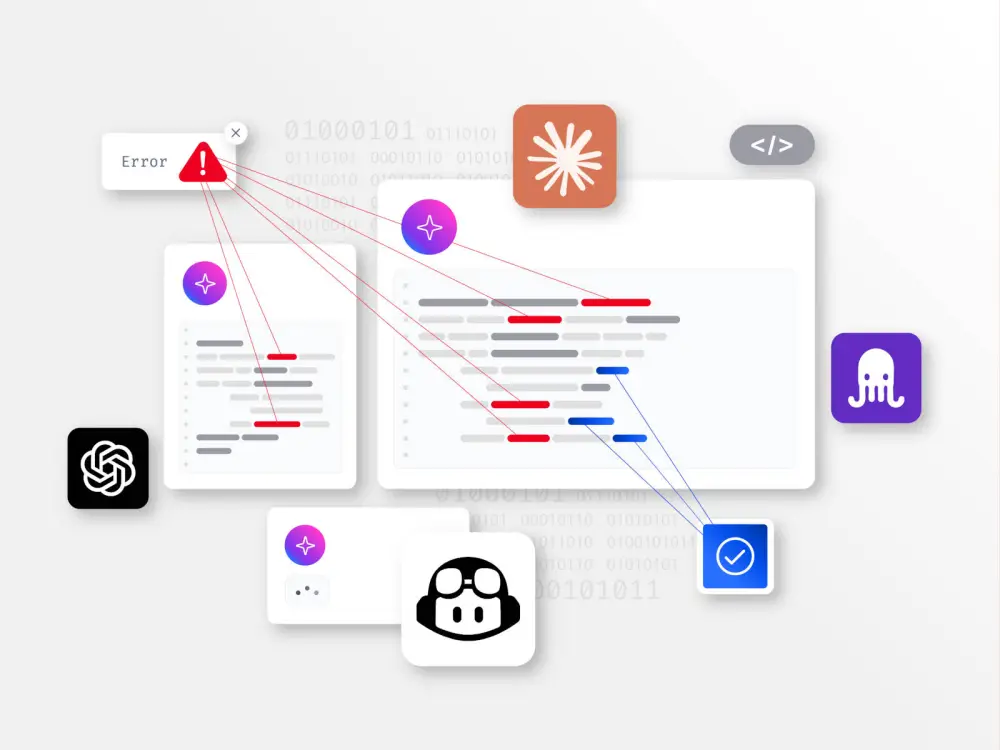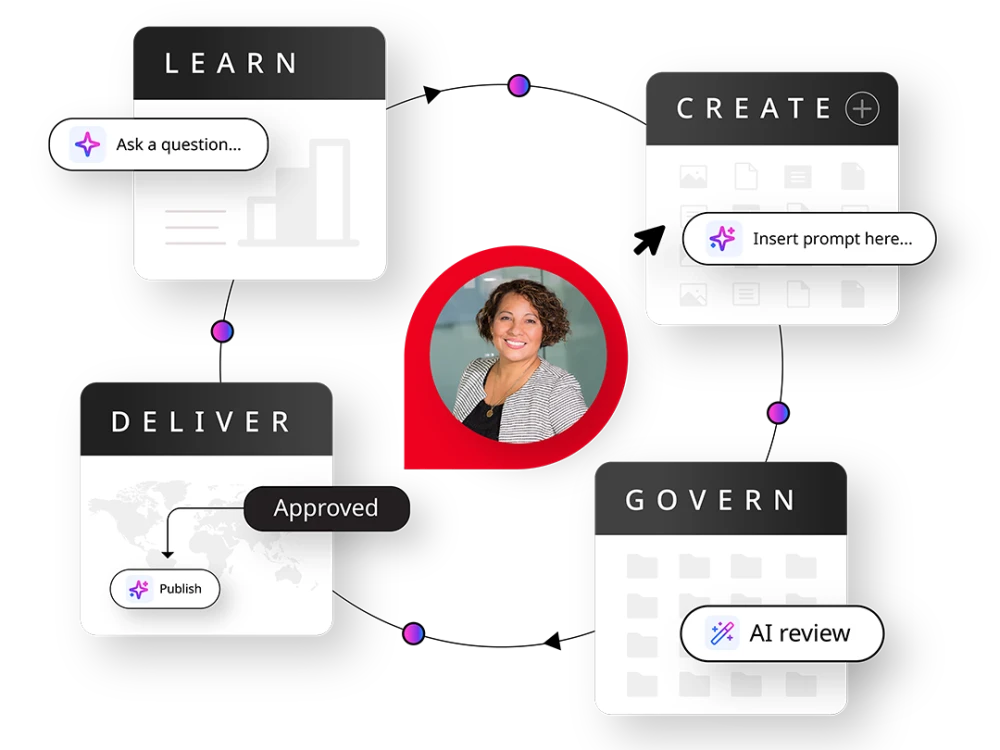Answer usefulness score
Answer usefulness score is a conceptual KPI that reflects how valuable AI models consider your content when building responses. It’s about being chosen, not just crawled.
Here’s a harsh truth: just because your content is available doesn’t mean AI wants to use it. Large language models have options — and they’re not shy about playing favorites.
That’s where answer usefulness score comes in. It’s not a formal metric you’ll find in your analytics dashboard (yet), but conceptually, it’s one of the most important signals to understand: how valuable does the AI consider your content when constructing an answer?
Every time a model retrieves information, it doesn’t just dump all of it into the answer. It ranks and prioritizes based on:
- Clarity — Is the content well-written, free of ambiguity and easy to summarize?
- Authority — Is the source credible, accurate and trustworthy?
- Depth — Does the content go beyond surface-level generalities?
- Structure — Is the information organized in a way that makes extraction easy? (Lists, tables, steps, bullet points.)
- Relevance to prompt — Does the content directly address the question being asked?
Think of it like an internal AI scoring system. The more “useful” your content feels to the model, the more likely it is to be pulled into the final response.
In a human world, we optimize for click-through-rate and engagement. In the AI world, we need to optimize for retrieval quality:
- High usefulness means your content becomes a “default pick” for the model.
- Low usefulness means you might still get crawled, but ignored when answers are actually built.
It’s no longer just about getting indexed, it’s about being the first string on the AI’s team when it writes an answer.
Define and track answer usefulness using a consistent scoring model. Each time you test a prompt in an AI tool, score the response’s use of your content on five dimensions — each from 0 (not present) to 2 (strong use). Total score out of 10.
| Dimension | 0 = Absent | 1 = Partial Use | 2 = Clear Use |
|---|---|---|---|
| Clarity of extract | Not reflected | Paraphrased indirectly | Quoted or cleanly paraphrased |
| Authority | Not cited | Mentioned without detail | Cited and described as authoritative |
| Depth of use | None | Basic summary or stat | Multi-point, in-depth pull |
| Structured reuse | No structure | General alignment | Lists, bullets, steps lifted |
| Prompt relevance | Not aligned | Adjacent | Direct match to query intent |
Assign a usefulness score from 0–10 for each test response category. Score each response for how your content is used. Average the scores to track changes over time and compare against competing domains.
Incorporate this usefulness score into your final prompt tracking spreadsheet.





